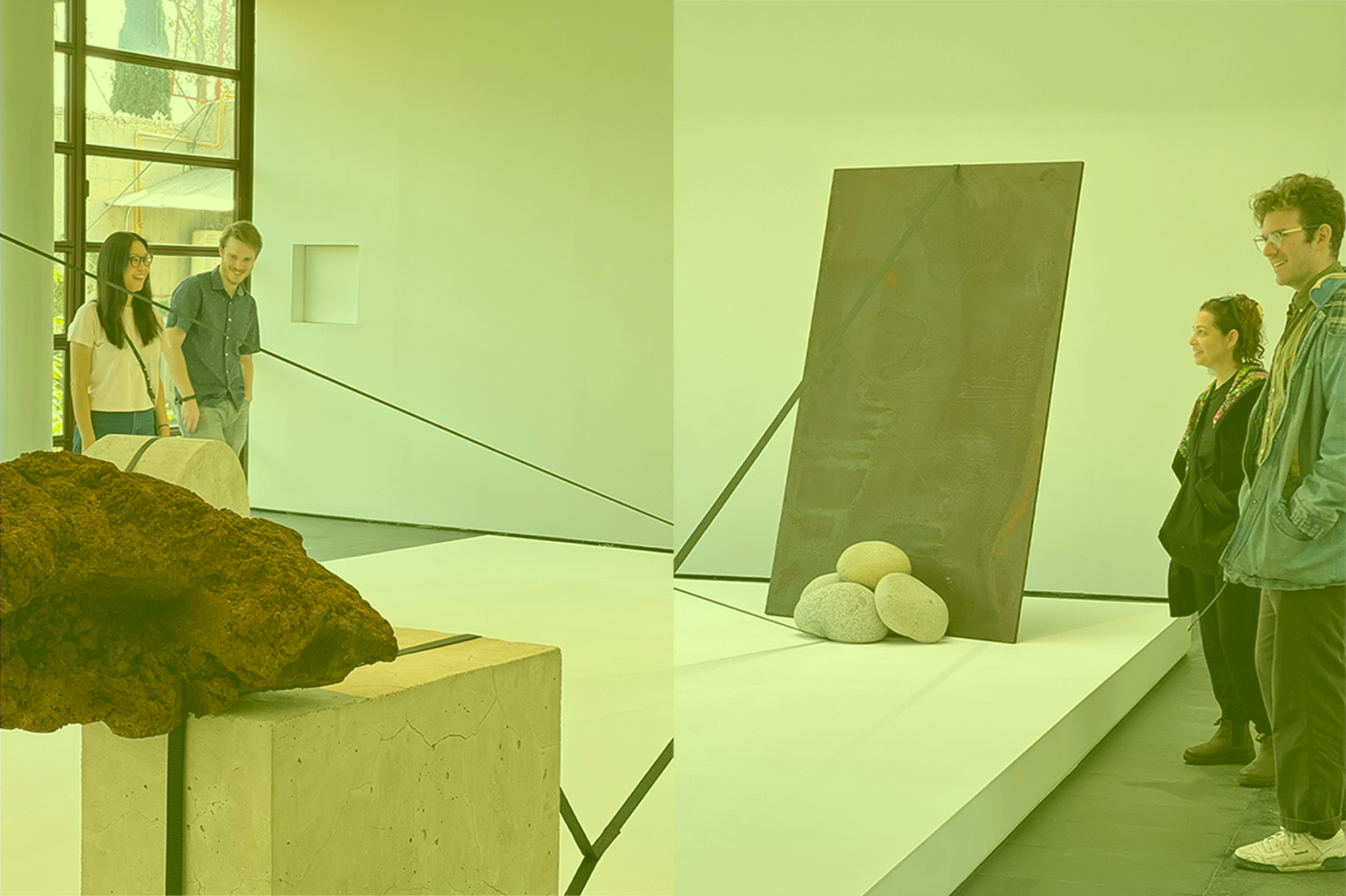Current
February 3st to March 9th 2025
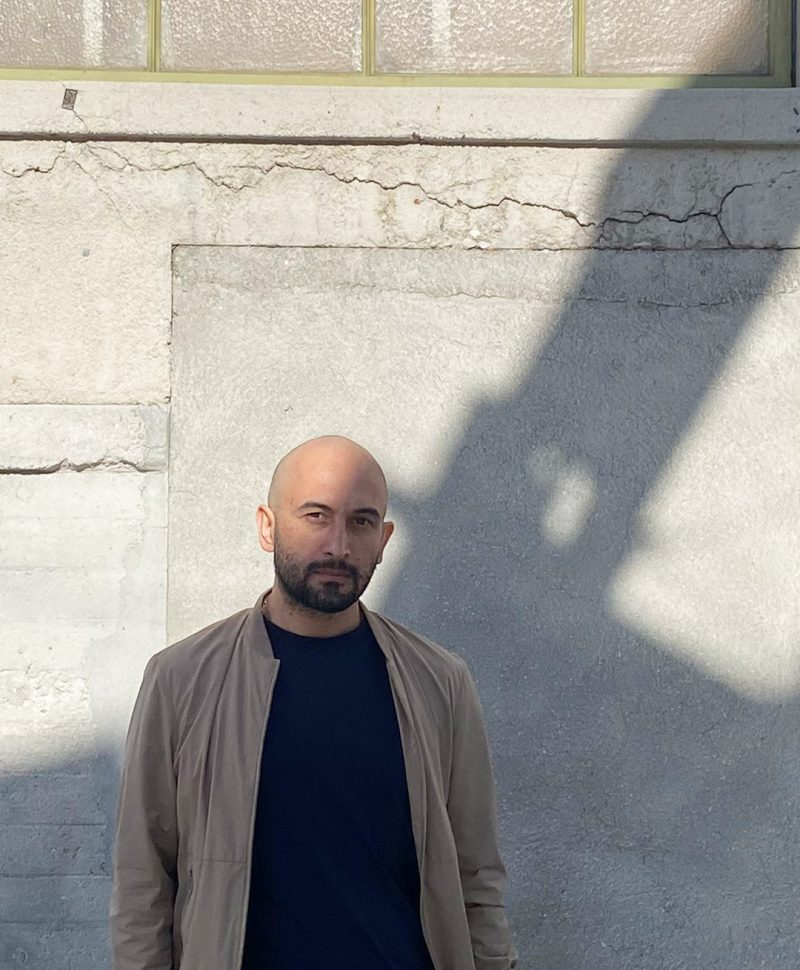
Farshid Bazmandegan, LA, California, USA
Farshid Bazmandegan’s work explores the intersection of memory, violence, and the material world to examine the complexities of displacement. Through his practice he looks at how Western imperial interests have shaped the lives of many in the Middle East, including his own. By delving into personal, political, and historical narratives, Bazmandegan reflects on the idea of a body without a home in the landscape of exile. Bazmandegan was born and raised in Iran. He is an Iranian-American artist currently living and working in Los Angeles, California. Bazmandegan received his MFA in sculpture from UCLA and his BA in visual arts from UC San Diego.
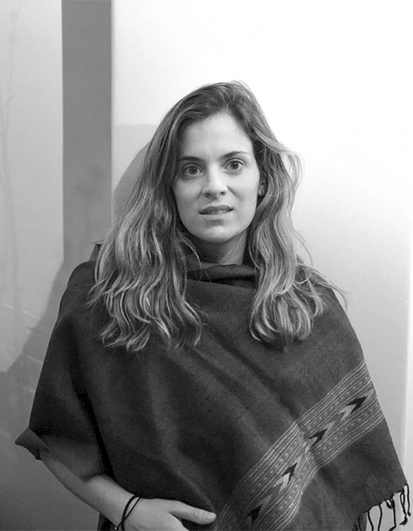
Dear Regina Obregón, CDMX, Mexico
My work explores the relationship between humanity and nature through time, space, and memory. I examine how memory is inscribed in spaces through deterioration, seeking to re-signify space by transforming matter. I reflect on the loss of rigidity in physical space due to globalization and technology, leading to cultural homogenization, and attempt to encapsulate the memory and identity of a time through abstraction. I am interested in cyclical time, where materiality returns to its origin, exemplifying cycles of construction and destruction in our relationship with nature. My aim is to capture the synergy between the ephemeral and enduring.
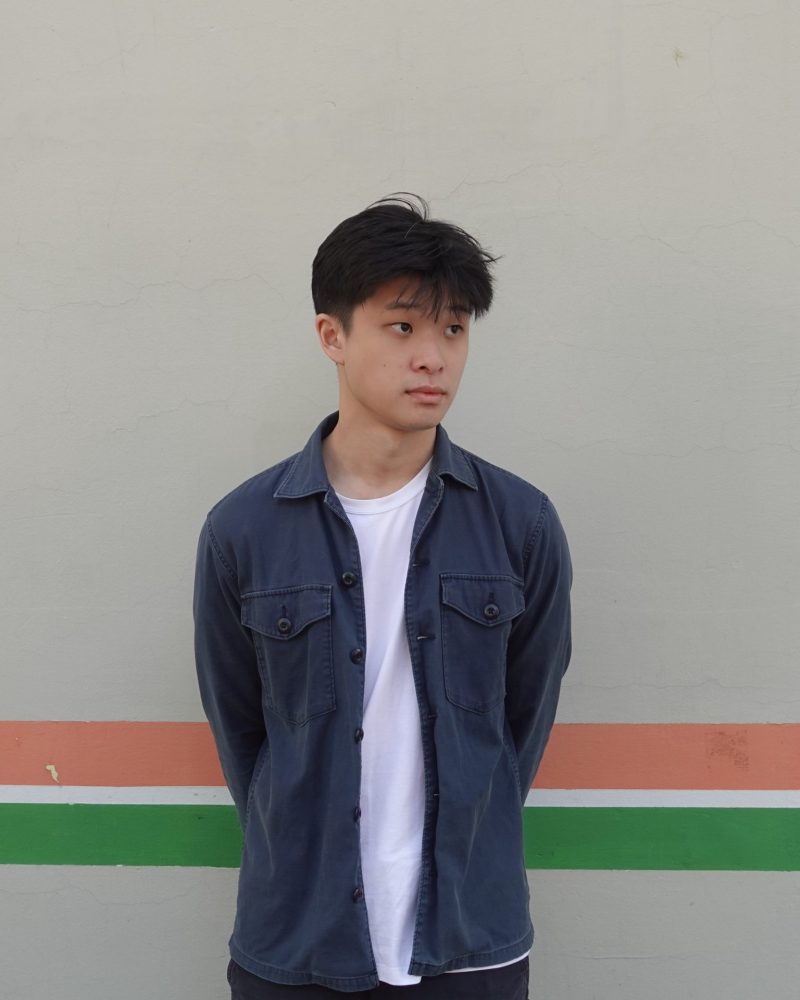
Lai Yu Tong, Singapore
Lai Yu Tong (b. 1996, Singapore) routinely investigates notions of the mundane and adequacy in daily life by way of drawing, sculpture, and photography. The artist’s practice relies on the conditions of observation (i.e., what can be seen or heard from his apartment windows, wherein he also has his studio) and modest, ubiquitous materials like newspapers, cardboard boxes, and wood. From this perch, symbols of life emerge and are recorded, marking the innocuous as peculiar, sad, hopeful.
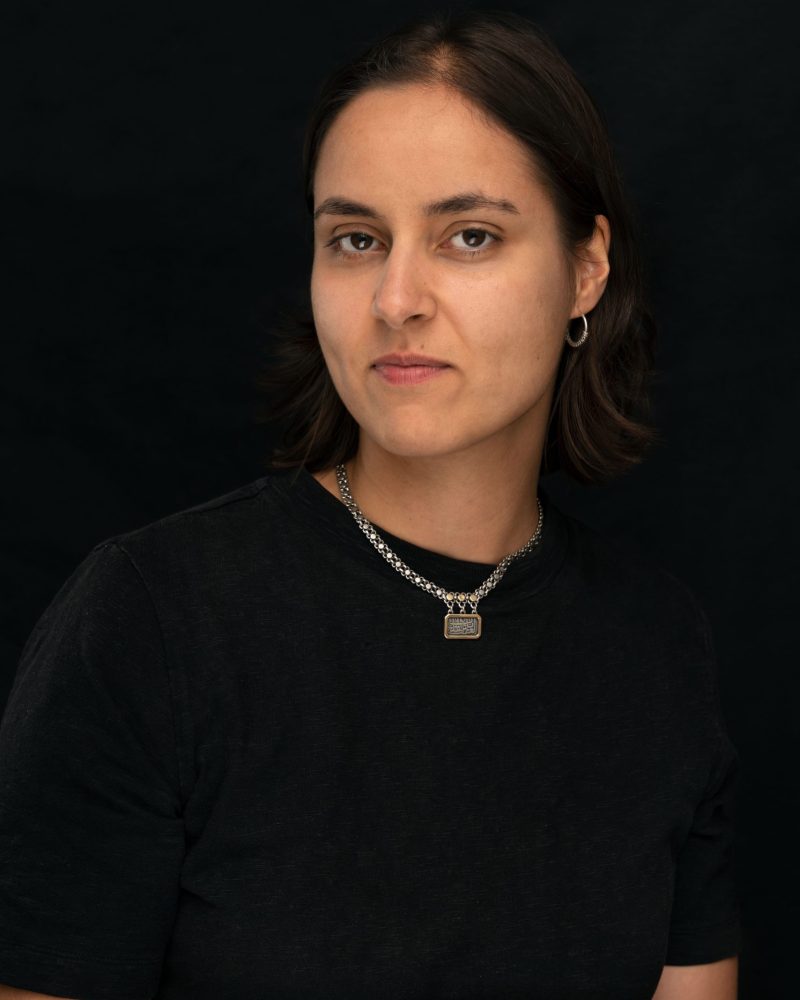
Donja Nasseri, Düsseldorf, Germany
Donja Nasseri‘s was born in 1990 in Düsseldorf. She studied at the Düsseldorf Art Academy under Gregor Schneider until 2022. Previously she studied at the Kunstakademie Münster under Mariana Castillo Deball. She combines photography, objects and language into a "collaged entity". She is interested in provoking critical reflections on intertwined histories and narratives that shape our understanding of identity, trauma and disruption. Her approach is to reach out to oppressed communities and recognise the importance of making marginalised voices heard. As the German-born daughter of an Afghan father and an Egyptian-German mother, she has a sharp view on the diversity of possible narrations and the truths associated with them.
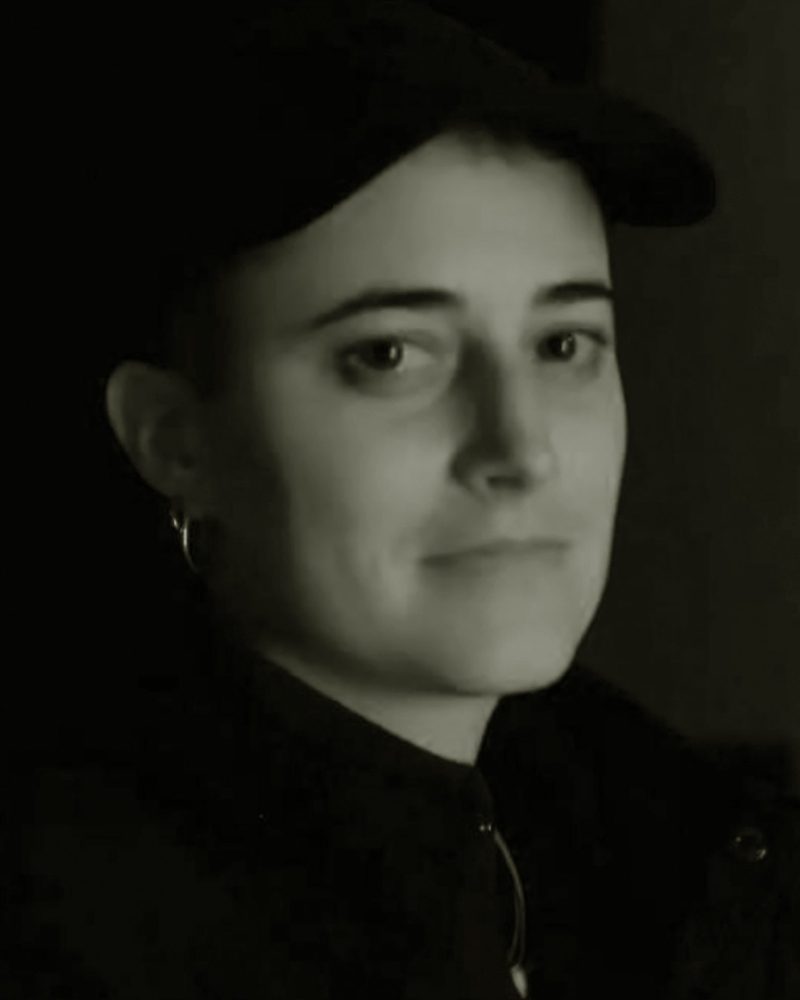
Flavia Trachsler, Zurich, Switzerland.
"I work with materials that shape our architectural environment and surround us in everyday life. These structures serve as inspiration to make norms visible and place them in a critical context. In my work, I try to weave these structures into drawings, installations, sculptures, and videos, while searching for ways to break free from normative reduction and create new spaces within it."
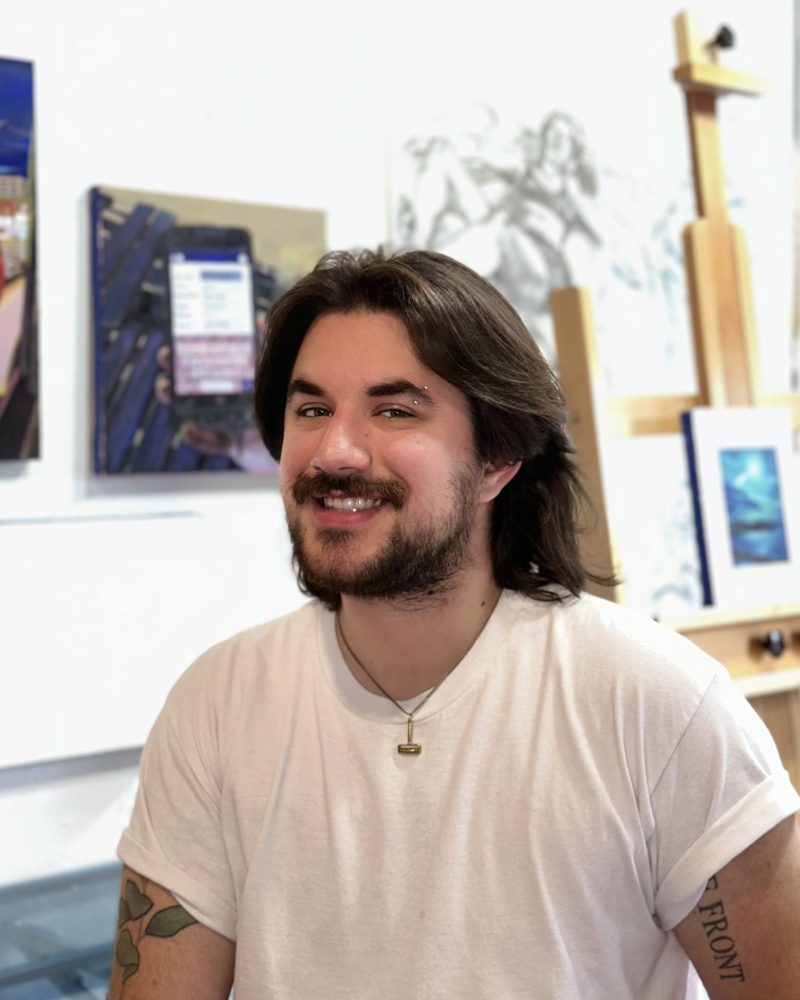
Alex Blaisdell, Massachusetts, USA
My work explores nested realities, probing the interaction between personal experiences and daily digital consumption. Inspired by movies, Craigslist ads, websites, and social media, I'm fascinated by the social dynamics of our interconnected digital realm, transcending time and place. Communal events organized through a single online footprint, like a Craigslist ad or indie theater screening, illustrate the complex digital networks woven into our lives. These moments evoke a profound sense of connection to the world and others. Through my art, I invite viewers to experience these yearnings for connection alongside me.
